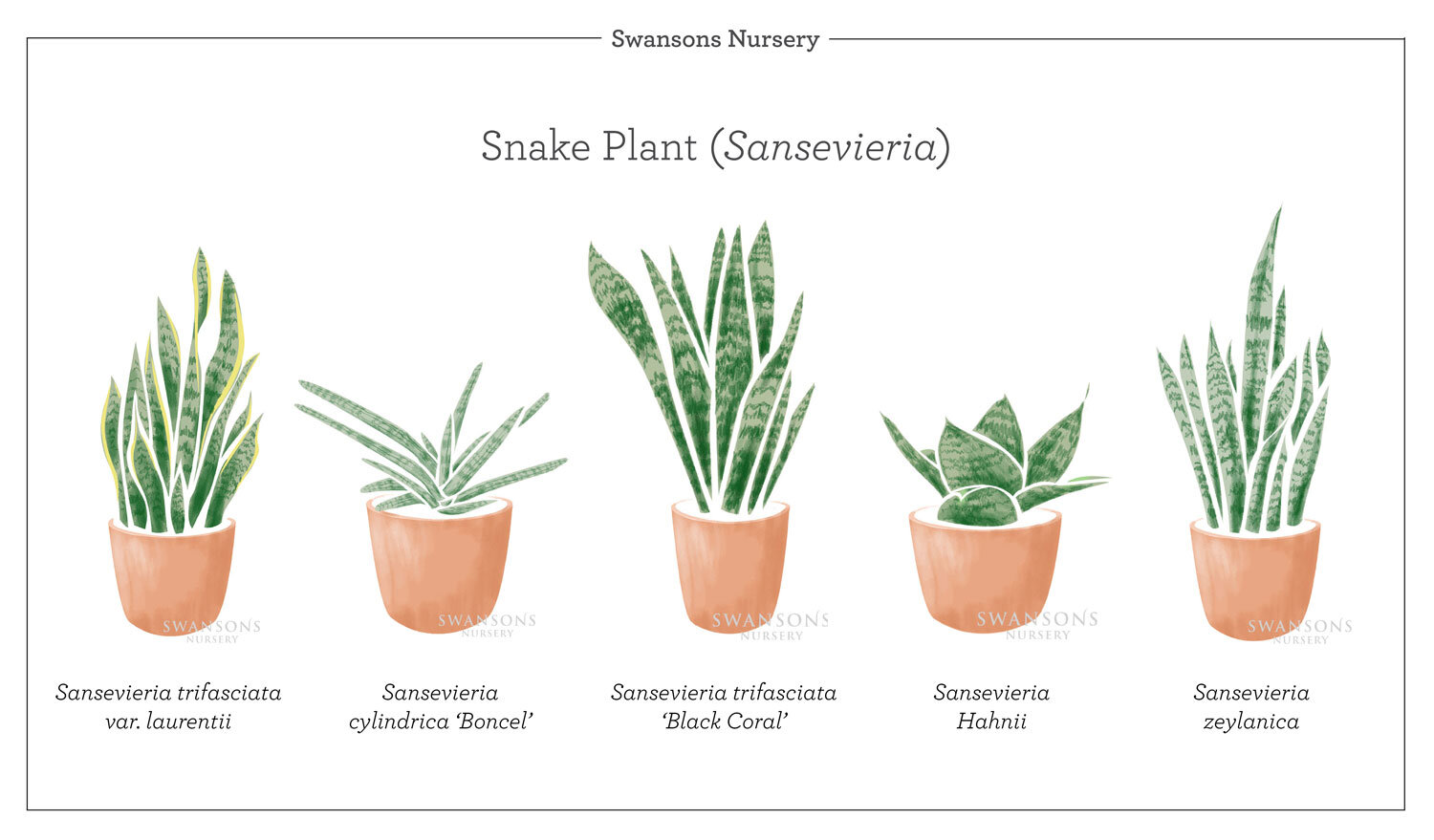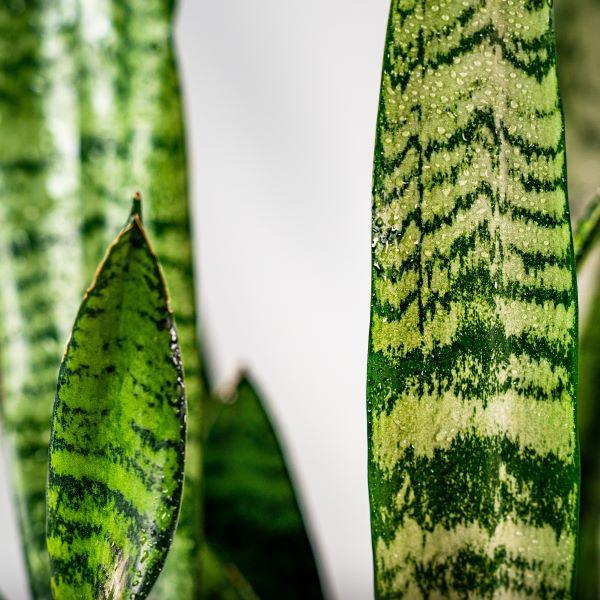The Basic Principles Of Snake Plant Leaves Turning Yellow
Wiki Article
5 Simple Techniques For Snake Plant Leaves Turning Yellow
Table of ContentsThe Main Principles Of Snake Plant Leaves Turning Yellow The Single Strategy To Use For Snake Plant Leaves Turning YellowThe 10-Second Trick For Snake Plant Leaves Turning YellowThe Definitive Guide to Snake Plant Leaves Turning YellowNot known Details About Snake Plant Leaves Turning Yellow All About Snake Plant Leaves Turning Yellow
If you plan to have a serpent plant in your home, here are a couple of things to maintain in mind: Too much water is this plant's weak point. Location a serpent plant in a well-drained pot to stay clear of overwatering, as it can create deteriorating. Only water the soil when it's entirely dry.If totally shaded, the plant can dull and the leaves may end up being a bit floppy. Serpent plants are not just simple to care for yet easy to multiply. Simply comply with these instructions: Cut off a healthy fallen leave near its base and make an upside-down V cut at the base. Place the fallen leave in a tidy jar of water.
Location a serpent plant in a well-drained pot to avoid overwatering, as it can cause decomposing. Snake plants are verified to be as beneficial as they are visually appealing.
Brush dirt from the root framework or rhizome. Make use of the blade to separate the plant right into sections, keeping the favor each section intact. Replant sections right into tidy pots loaded with the potting soil. Water and area in a partially warm area. Offshoots or puppies are child plants arising from the soil.
All About Snake Plant Leaves Turning Yellow
Use a sterile cutting device to eliminate a long, healthy and balanced fallen leave at its base (Snake Plant Leaves Turning Yellow). Immerse the cut end of the fallen leave in a clean container of water and established the jar in a partly warm location. Or enable the cut end to callous over for 1 day and after that pot it cut-end downNight-blooming blossoms are great smelling and similar in appearance to lilies. Make sure to select a cultivar that flowers, because not all serpent plant selections will certainly blossom. The Spruce/ Alonda Baird The Spruce/ Alonda Baird The Spruce/ Candace Madonna Serpent plants expand best with 8 to ten hours of indirect sunshine or a couple of hours of early-morning direct sunlight.
Throughout winter, inspect the plant's dirt mix every two weeks or sothe plant could require to be watered just once a month. If you notice its leaves are fragile and completely dry, water promptly. During springtime and summertime when the plant is in energetic development, watering every 2 weeks or two is generally enough.
To manage height, eliminate the highest leaves at the soil line with a sterilized cutting tool. Damaged fallen leaves can be eliminated at any moment, nonetheless, wintertime trimming can create stress. Repot your serpent plant every 3 to 5 years, or when you see roots outgrowing the holes in the bottom of the pot.
The 10-Second Trick For Snake Plant Leaves Turning Yellow
The best time to repot is in spring., position it at the very same degree as it was in the initial pot. Serpent plants don't endure temperatures lower than 50F.Most can be removed by hand or with a gentle spray of water. Serpent plants are one of the easiest plants to keep and can last for lots of years.
Possessing a snake plant has numerous advantages. Easy to care for and a great initial plant for beginning gardeners, Special form includes elevation and interest to houseplant collections, Adapts to various light problems and tolerates low-light atmospheres, Plant is flexible and virtually indestructible, Small development behavior fits well in little spaces, Drought immune Frequently asked question he has a good point Serpent plant earned its name because of the method its lengthy, slim leaves with unique stripes and various other markings resemble some kinds of serpent.

Indicators on Snake Plant Leaves Turning Yellow You Should Know
Serpent plants are easy-care houseplants. From time to time, repotting Serpent Plant kingdoms is essential for keeping a healthy and flourishing plant. This tutorial on repotting Serpent Plants shows you the steps to take, the mix to use, and when you should repot your serpent plant. Serpent Plants are a few of my extremely favored houseplants.I in fact repotted 5 of my plants yet you only see 2 of them here. I call this project the "Serpent Plant switcheroo" since I switched out containers and areas they were in.
That's why I include in the delicious and cactus mix due to the fact that it's beefy and well aerated (Snake Plant Leaves Turning Yellow). I likewise toss in a couple of handfuls of natural compost as I'm growing (I go a lot lighter on both this and the worm compost when repotting houseplants as contrasted to container plants in my garden) and a 1/2 layer topping of the worm garden compost
Both teem with top quality ingredients. Make certain whatever potting soil you use claims it formulated for interior plants on the bag. visit their website I use this do it yourself delicious & cactus mix (this has coco chips in it) for included water drainage. This is a different along with this. I utilize Tank's neighborhood garden compost.
Not known Factual Statements About Snake Plant Leaves Turning Yellow
Earth's a shot if you can not find anywhere you live. Both enhance the dirt normally. Worm compost is my preferred modification, however I utilize it moderately because it's abundant. You can discover more about why I make use of worm garden compost here. The top 4 are what I used for my mix.
For circumstances, if yours is in a 6 expand pot, then an 8 pot would certainly be the dimension you 'd wish to make use of. Because Sansevierias like to expand as they expand, I've found that they don't require a deep pot. A deep pot has even more dirt mass near the bottom which might stay also wet which brings about a fantastic read root rot.
Loosen up the plants from their pots. For one plant I utilized a plain blade and for the other, I gently pressed on the grow pot.
Some Known Factual Statements About Snake Plant Leaves Turning Yellow
Once the plant is out of the pot, gauge how much dirt mix you'll require to increase the top of the root ball up to 1/2 to 1 below the top of the new pot. Include the mix in. Place the plant in the pot and fill in around the sides with mix.Report this wiki page